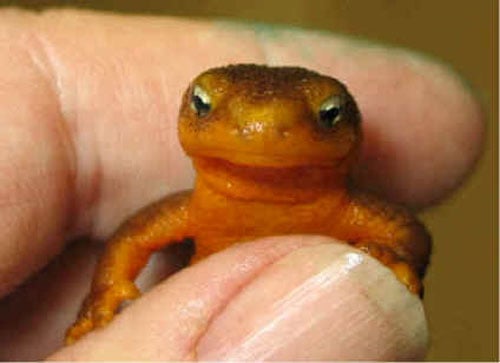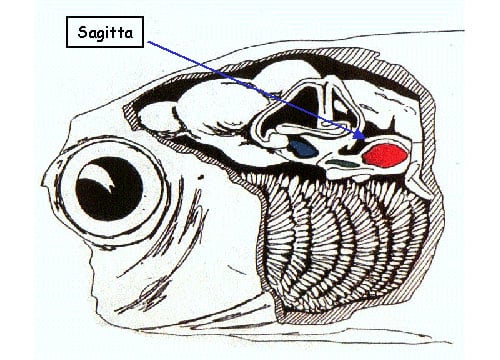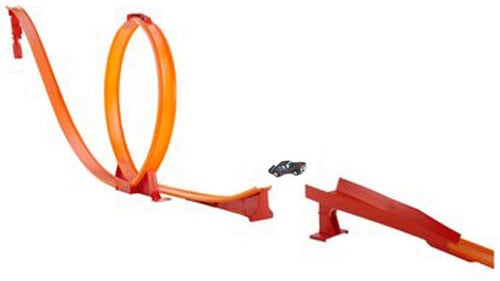What’s In A Name?
By:
June 28, 2011
What’s in a name? In the information age this question is not likely to be glossed over with Bardic verse. Over at The Atlantic, senior editor Alexis Madrigal is curating a series on the “origin stories” behind Twitter handles. As many of you know I am @otolythe — but why?
Read on…
During the World Wild Web of the mid-90s everybody was using cute email handles instead of their name; I wanted a cute email handle too, but salamander was taken. That’s how I became asalamander. As in the one but also, of course, not one. Because, you know, I’m not.

The salamander thing was from the only pets I had as a kid. I caught three salamanders in the woods at different times — an orange one, a striped one and one with spots. I had a sizeable terrarium in my room where my dad grew African violets; never had to water them, it had its own ecosystem. So I buried a dish to make a pond for them and put them in there, and they promptly dug tunnels and hid from me for the duration of their time as my pets, which I seem to remember was a few years! Every now and then I’d actually see one surface. It was as exciting as seeing one in the wild, because they never ever came out. So that was my “pet experience” — them just hiding from me the whole time. Eventually I fished them out of there and set them free in a swampy area near a pond, where I’m sure they reverted right back to their fascinating natural habits of more hiding.
Well that was all fine, but then everyone got more serious and professionalized and started switching to their real names and cute email handles were really just so 1998, but I had waited too long and my name and all its variants had been taken long ago. I was going to have to append a significant portion of the Fibonacci Sequence to ever get to “Available!” And, it’s not even my real name, which I only use at the bank. Although that was taken too.
Right around then I was watching some nature show on TV about these fish that spent a lot of time on the streambed, fluffing up all the gravel with their snouts. It was thought that they were fishing for tiny mites and other edibles — but no. These fish are born — well, hatched — without rocks in their ears. I didn’t even know fish had ears, never mind rocks. Yes, there are tiny rocks in ear canals, known as “otoliths,” that are suspended in viscous fluid and help us keep our balance. Us, fish, others. When the rocks rest on the bottom of the canal, we balance upright. When the rocks are pushed to the back, as when we drive at 70mph for an hour, we feel a bit off-kilter until they settle. And when an infection stirs them up, the room spins and we don’t know which way is up. Well, balancing is also important in water, and these fish had no otoliths, so what they did is fluff up all the gravel and wiggle around, hoping that some of the tiniest rocks would just fall in there, and then they could balance.

So when I couldn’t be my real name and I was tired of being an amphibian or not one, this story suddenly came back to me. I would be — an otolith! Because … I help people keep their balance! Conceptually speaking, of course.
So when I joined Twitter, that was a natural transfer; I would help people keep their balance with my observations and aphorisms, micro-adjustments to gravity and orientation in 140 characters. I would be the liaison between the inner and outer states, the link to the outside that keeps the balance within, the metaphor in the fluid, the virtual in the real. It was perfect.
Perfect, that is, except for the fact that helping people keep their balance is pretty much the last thing I do. I push people off-balance, from reports of wide acquaintance. Apparently I race around the ear canals like they’re my own private Hot Wheels tracks, careening off the orange sidewalls, laughing when I flip off the loop, then yelling: Again! Again! Hahahaha!

That is, if you wiggle around and let me in.
Oh yeah, and I changed the spelling, to otolythe. The y is for girl rocks.
This essay first appeared in The Atlantic.
Follow The Atlantic’s origin series.
Follow me on Twitter.
